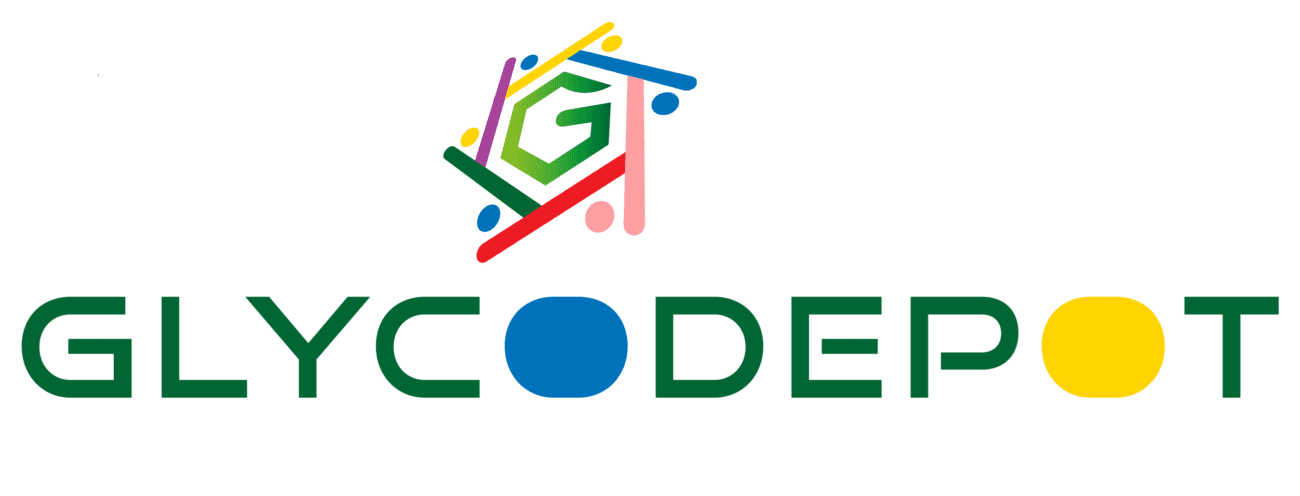3,6,2′,3′,4′,6′-Hexa-O-acetyl-D-lactal is a fully acetylated derivative of D-lactal, a disaccharide composed of glucose and galactose units linked by a β(1→4) glycosidic bond. Each hydroxyl group on the disaccharide is protected by acetyl groups, resulting in a fully acetylated structure that appears as a white crystalline solid. This compound is a key intermediate in carbohydrate chemistry, particularly for the selective synthesis of complex oligosaccharides and glycoconjugates. The acetyl groups enhance stability, solubility, and control over regio- and stereoselectivity in glycosylation reactions. 3,6,2′,3′,4′,6′-Hexa-O-acetyl-D-lactal is valuable in medicinal chemistry and glycobiology for probing enzymatic processes, developing glycomimetics, and creating bioactive compounds. It is supplied with high purity and verified through rigorous quality control processes, with storage recommendations to maintain stability and extend shelf life for research and pharmaceutical applications.
IUPAC Name
- Hexa-O-acetylated D-lactal
Appearance
Source
- Synthesized via complete acetylation of D-lactal under controlled laboratory conditions for synthetic carbohydrate chemistry
Molecular Weight and Structure
- Molecular Formula: C28H38O15
- Molecular Weight: ~646.56 g/mol
- Structure: D-lactal disaccharide with acetyl groups at all hydroxyl sites including C3, C6, 2′, 3′, 4′, and 6′ positions, preserving β(1→4) linkage
- SMILES: Complex acetylated disaccharide structure with β-linked glucosyl and galactosyl units
Sugar Specificity
- Acetylated lactal disaccharide maintaining specificity for β(1→4) glucosyl-galactosyl linkages
- Supports study of lactal-specific glycosylation pathways and enzymatic processes
Biological Activity
- Functions as a chemical intermediate without inherent biological activity
- Important in enzymatic mechanism studies, glycomimetic synthesis, and structure-activity relationship research
- Utilized in medicinal chemistry for drug design involving carbohydrate motifs
Purity and Microbial Contamination
- Supplied with high purity usually exceeding 95%, confirmed by chromatographic and spectroscopic analyses
- Synthesized and purified under sterile chemical conditions to prevent contamination
Identity and Quality Control
- Confirmed by NMR, MS, and HPLC purity assays
- Accompanied by Certificates of Analysis and Safety Data Sheets
- Characteristic melting points and optical rotation values provided for batch consistency
Shelf Life and Storage
- Recommended storage at 2–8 °C, protected from moisture and light
- Stable for one year or more under proper storage
- Stored in airtight containers to minimize degradation
Application
- Used as an intermediate or building block in synthesis of complex glycoconjugates and synthetic oligosaccharides
- Supports the design and preparation of glycomimetics with enhanced pharmacological profiles
- Used in studies of carbohydrate processing enzymes and glycosyltransferases
- Utilized in chemical biology for molecular imaging and drug discovery
Key Characteristics
- Fully acetylated D-lactal disaccharide (hexa-acetylated)
- Molecular weight approx. 646.56 g/mol
- White crystalline solid with high purity and chemical stability
- Essential glycosyl donor precursor for stereoselective carbohydrate synthesis
- Supplied with full analytical characterization and quality assurance
- Widely applied in glycobiology and medicinal chemistry research
- Stable in refrigerated conditions with protected storage
Citations
- ChemicalBook acetylated carbohydrate data
- PMC enzymology and glycosylation studies
- Sigma-Aldrich acetylated sugar derivatives
- Patent literature on glycosylation intermediates
- Synthose carbohydrate reagent catalog
- PubChem disaccharide derivatives
- MedChemExpress glycomimetics research
- Glentham Life Sciences carbohydrate catalog
- ScienceDirect synthetic carbohydrate chemistry articles
- Chemistry Europe reviews on glycosyl donor synthesis

Reviews
There are no reviews yet.